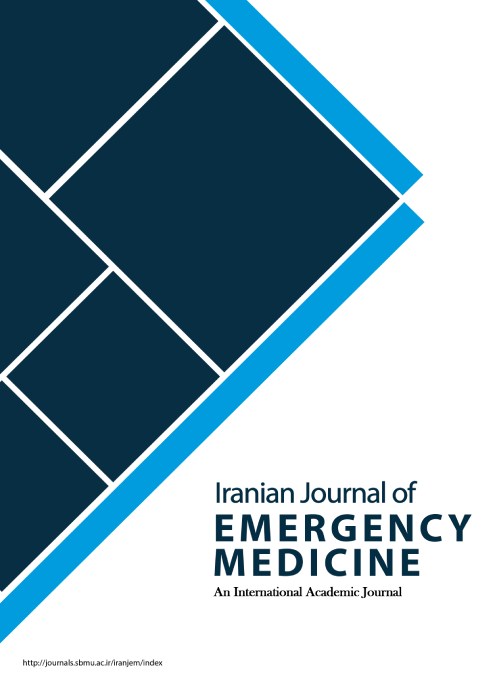The Relationship between Hemoglobin Level and Mortality Rate in Patients with Traumatic Brain Injury Presenting to the Emergency Department of Poursina Hospital in Rasht in 2017
Traumatic brain injuries are one of the main causes of death and disability worldwide. Anemia may lead to worse outcomes in patients with traumatic brain injury. Considering that there have been limited studies on the role of anemia and blood transfusion in primary resuscitation of patients with traumatic brain injuries, the purpose of this study was to investigate the relationship between hemoglobin level and mortality rate in patients suffering from this condition.
This is a retrospective analytical cross-sectional study. The study population consisted of patients with traumatic brain injuries admitted to the emergency department of Poursina Hospital in Rasht, Iran, in 2017. Patients were classified into two groups, according to blood hemoglobin level, anemic (Hb ≤10) and non-anemic (Hb>10). Age, sex, clinical information, treatment measures, duration of hospitalization, and mortality rate in these two groups were recorded and compared. Also, in order to determine the risk factors for mortality in patients with traumatic brain injury, the above variables, along with laboratory findings, were compared in the two groups of patients with survival and death. Data were analyzed using SPSS21 software, and descriptive and inferential statistical tests.
The total number of participants in the study was 297 (249 (83.8%) male and 48 (16.2%) female), with a mean age of 41.8 ± 22.3 years. 120 (40.4%) patients had anemia. Patients without anemia had higher levels of consciousness than those with anemia (P <0.001). There was a statistically significant difference between the anemic and non-anemic patients in terms of the use of vasopressor and patient status at discharge (P <0.0001). The number of packed cells received showed a statistically significant difference between the patients with and without anemia (P <0.0001). Multivariate analysis based on logistic regression model showed that the duration of hospitalization, hypotension, blood transfusion, and hypothermia are risk factors associated with mortality.
The results of this study showed that although anemia is not a predictor of mortality, but blood transfusion is one of the most important factors associated with mortality in patients with traumatic brain injury.
- حق عضویت دریافتی صرف حمایت از نشریات عضو و نگهداری، تکمیل و توسعه مگیران میشود.
- پرداخت حق اشتراک و دانلود مقالات اجازه بازنشر آن در سایر رسانههای چاپی و دیجیتال را به کاربر نمیدهد.


